Exploring the Evolution of British Afternoon Tea
12 min read Discover the rich history and changing traditions of British afternoon tea, highlighting its cultural significance and modern innovations. June 29, 2025 00:05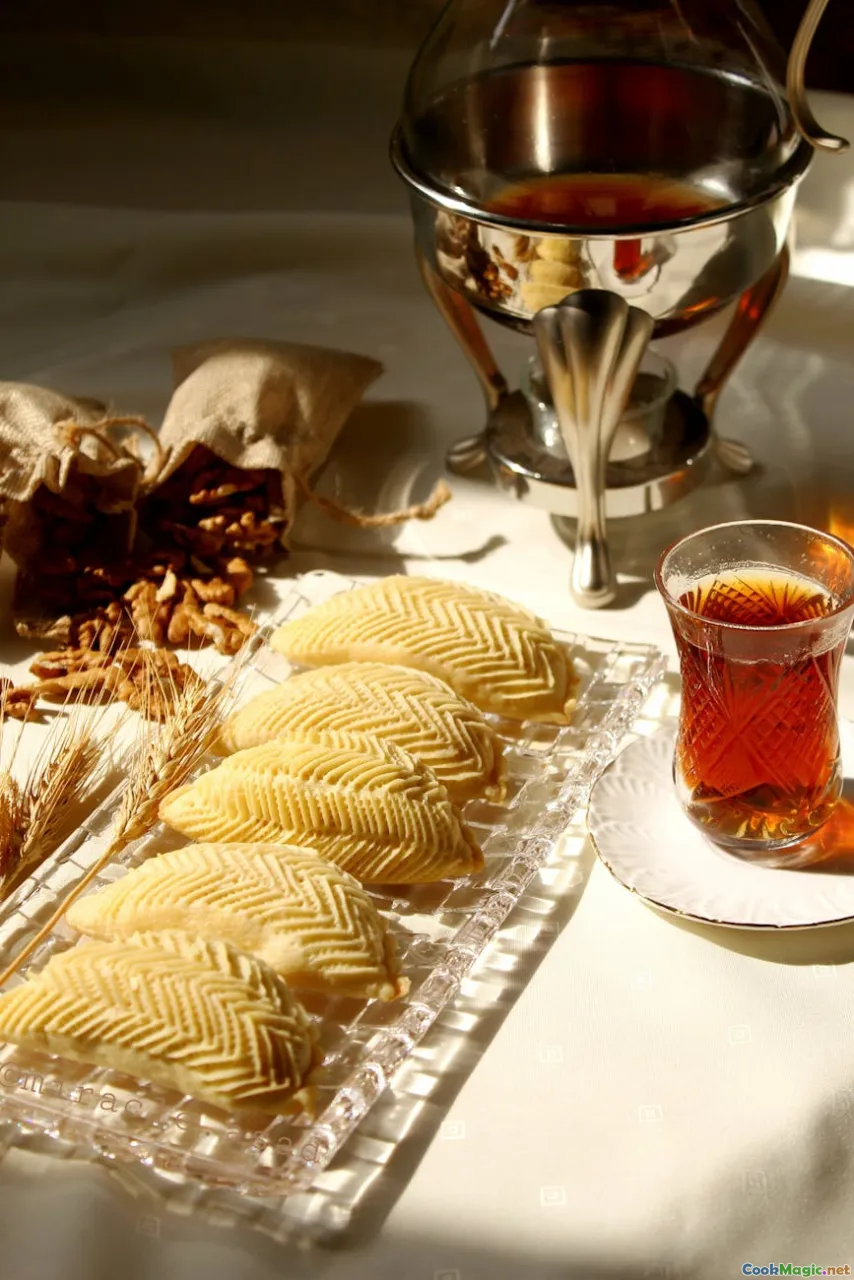
The Charming Origins: How Afternoon Tea Became a British Institution
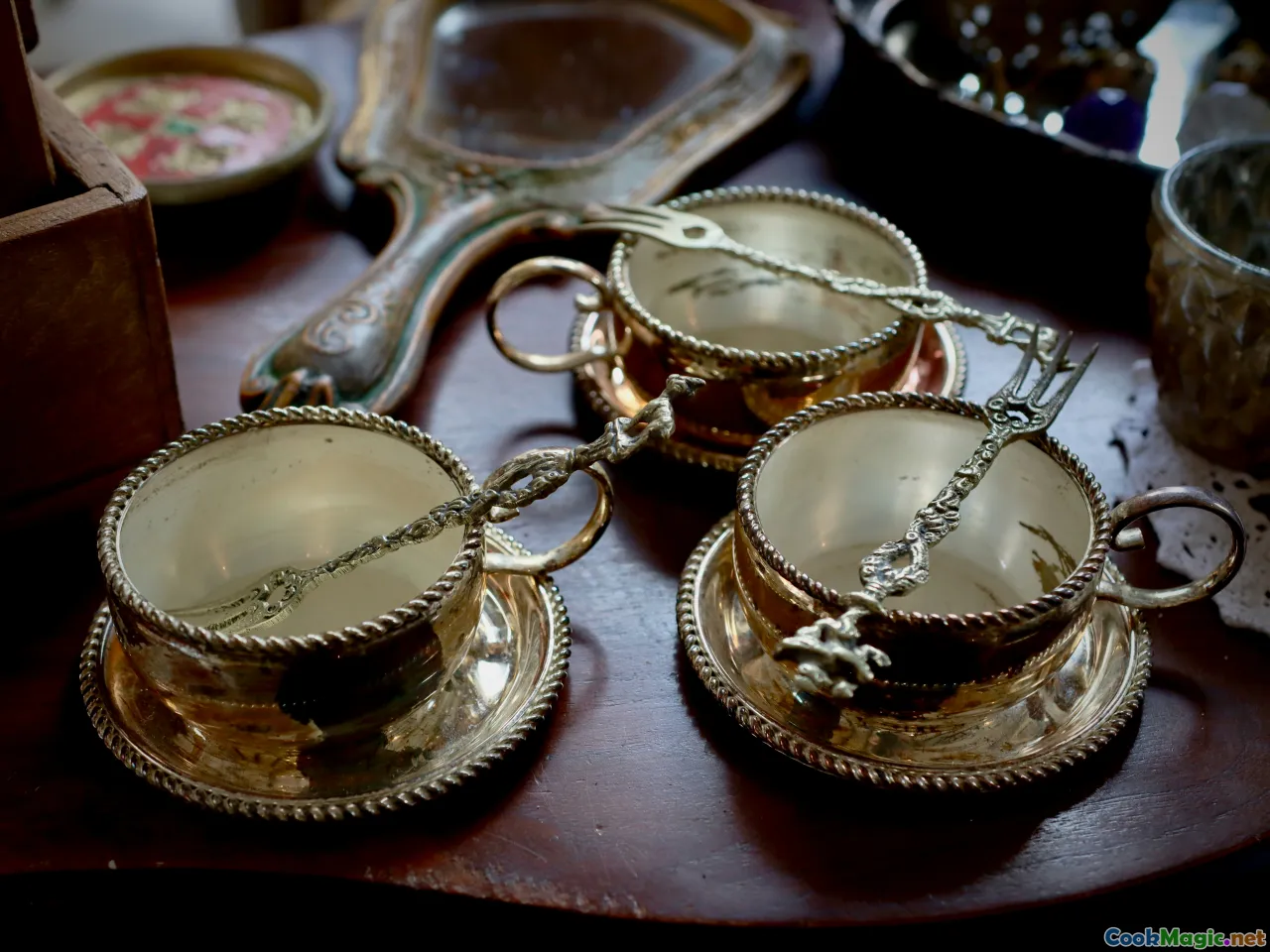
Few traditions evoke the charm and refinement of British afternoon tea quite like the ritual itself. Its roots trace back to the early 19th century, a period marked by societal shifts, culinary refinement, and the emergence of leisure as a distinctly aristocratic pursuit. It was Lady Anna Maria Stanhope, the 7th Duchess of Bedford, who famously pioneered the practice of having a light meal in the mid-afternoon—to stave off the hunger pangs between lunch and dinner. From this intimate origin—the swapping of delicate scones and finger sandwiches among the privileged—grew a nationwide obsession that would evolve into the cultural phenomenon we cherish today.
In its initial incarnation, afternoon tea served as an elegant social event, primarily among the upper classes. Picture lavish estates, floral china, and plush curtains—settings where meticulously crafted treats would be enjoyed amidst conversation and genteel sophistication. Over time, this ritual journeyed beyond aristocratic salons into bustling city tea rooms, hotel lounges, and eventually, our own modern living rooms. The story of afternoon tea is not just about food; it is a tapestry woven with societal changes, technological innovations, and personal memories.
From Teatime to Cultural Ritual: The Evolution Through Time
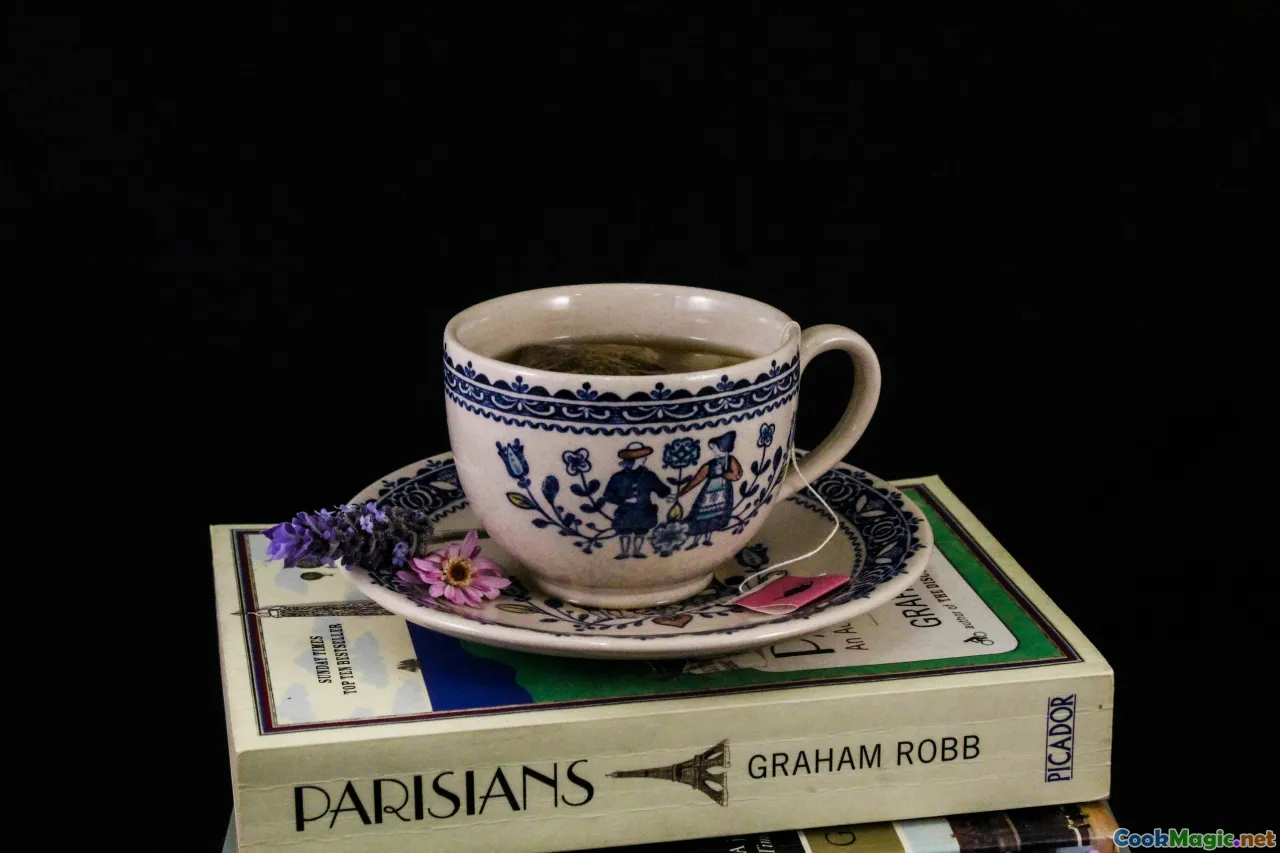
The evolution from exclusive aristocratic indulgence to a widespread cultural staple is fascinating. By the dawn of the Edwardian era, afternoon tea had become embedded in British social life. Hotels like The Ritz in London and Claridge’s introduced opulence into the practice—serving tiered silver trays laden with delicate sandwiches, warm scones, and beautifully decorated pastries. The elegance, paired with the social elegance of dress and etiquette, turned teatime into an event of refinement.
The 20th century saw further democratization, especially post-World War II, when rationing ended and conveniences like pre-packaged tea sets and ready-made confections became commonplace. The arrival of supermarkets, collectively, saw afternoon tea transform from a high-society delicacy into a cherished family ritual. Today, whether at a boutique tea room in the Cotswolds or a modern café in London, this tradition balances respect for history with contemporary tastes.
The Quintessential Components: Scones, Sandwiches, and Pastries
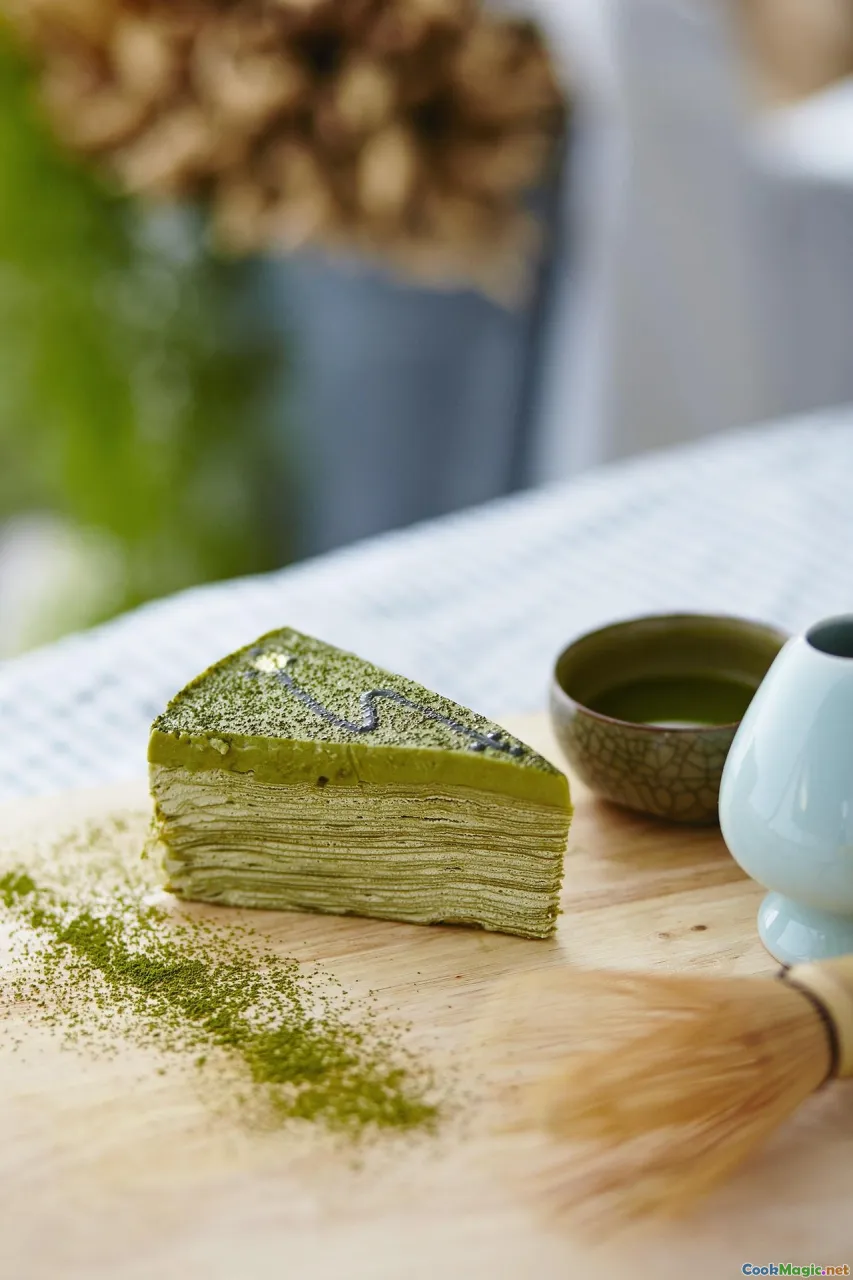
At its heart, British afternoon tea is an artful dance of textures and flavors. Three key categories form the backbone of this culinary experience: the scones, the sandwiches, and the desserts.
Scones: The Heart of the Tea
Nothing quite compares to the buttery, crumbly scone that is toasted to perfection, split open, and topped with clotted cream and strawberry jam. The best scones strike a delicate balance: rich, tender, with just the right amount of sweetness. Many traditional recipes incorporate just flour, butter, sugar, baking powder, and buttermilk or cream, but regional variations include fruit scones dotted with raisins or currants.
Finger Sandwiches: Compact Flavors
These miniature sandwiches—often crustless—are a showcase of both technique and taste. Classic fillings include cucumber and cream cheese, smoked salmon with dill, egg salad with watercress, and ham with mustard. The key is freshness, thin slicing, and a light touch to ensure they're easy to nibble without feeling bulky.
Pastries, Tarts, and Cakes
A tiered cake stand displays an array of confections: miniature fruit tarts shimmering with glossy glaze, lavender-infused sponges, moist carrot cakes, and intricately piped Nine-Layered Battenberg. These desserts often incorporate British flavors—elderflower, such as in elderflower-spiked sponge, or marmalade in citrus-glazed tarts.
Iconic Places and Modern Innovations

Some places have become legendary in shaping the afternoon tea experience. The Ritz London, with its gilded drapes and orchestra, epitomizes traditional luxury. Steps away, Bettys Tea Room in York offers a cozy, beautifully decorated ambiance that blends tradition with Yorkshire warmth. These historic venues uphold meticulous standards—fine china, silverware, and attentive service.
Yet, the scene is ever-evolving. Contemporary cafes and boutique hotels inject fresh creativity: vegan scones made with almond milk and coconut oil, exotic fillings inspired by global cuisines, or chromatic teas infused with botanical accents. The rise of themed teatimes—such as botanical, vintage, or literary—celebrates the endless versatility of this tradition.
The Sensory Experience: Engaging All Senses
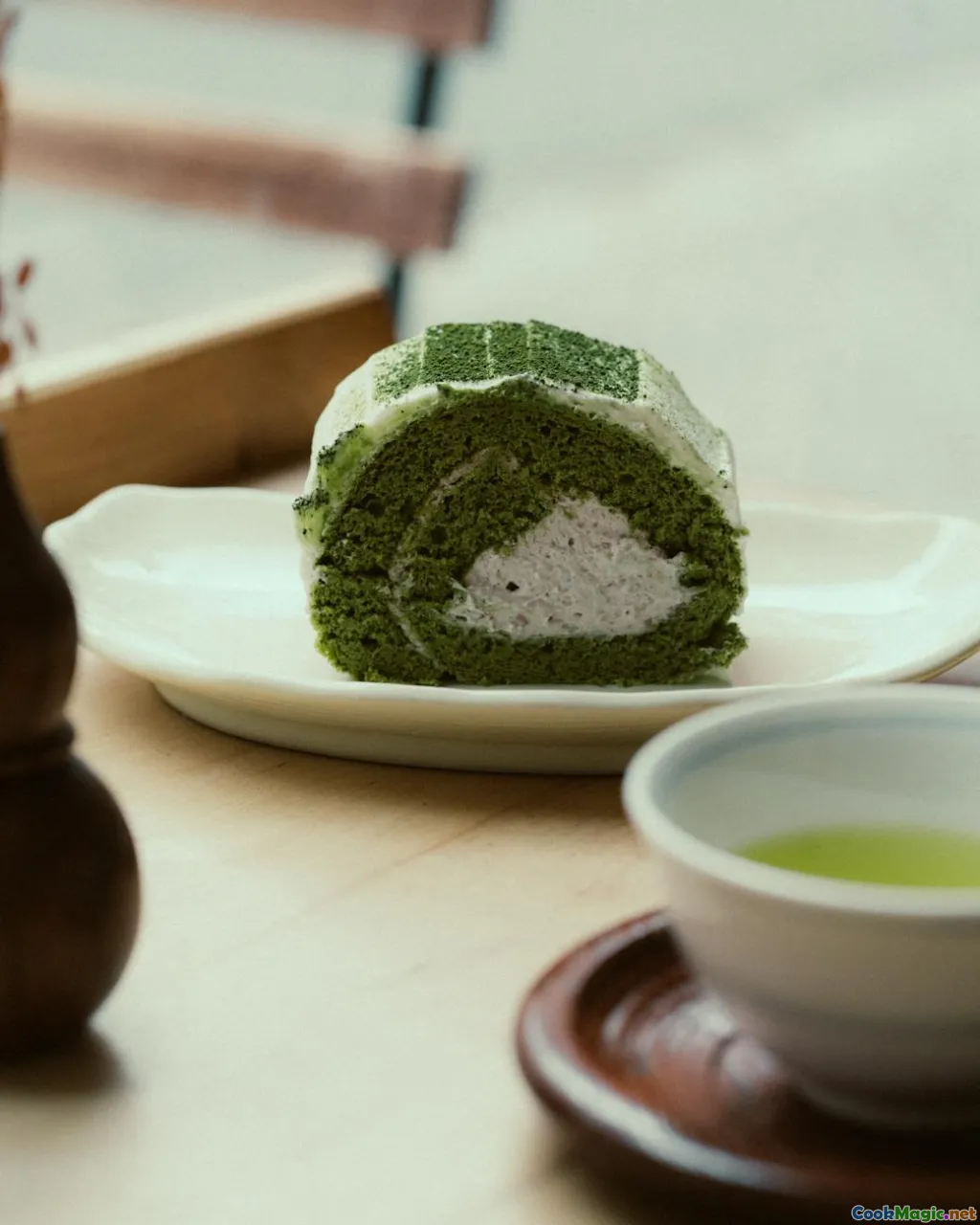
A proper afternoon tea awakens more than taste buds; it’s an immersive sensory event. The aroma of freshly brewed loose-leaf tea—whether a robust Darjeeling, a fragrant Earl Grey, or a delicate chamomile—filing the air invites anticipation.
Visually, the tiered serving trays are a feast—vivid layers of colorful fillings nestled within dainty sandwiches, the golden glow of freshly baked scones, and the meticulous presentation of miniature confections. Texturally, the contrast between flaky pastry, soft bread, and smooth cream offers a symphony of mouthfeel.
The soundscape—the gentle rustling as you unfold your napkin, the clink of fine china, soft conversation—completes the experience, turning afternoon tea into a memorable moment of pause and pleasure.
Cultural Significance and Personal Touches
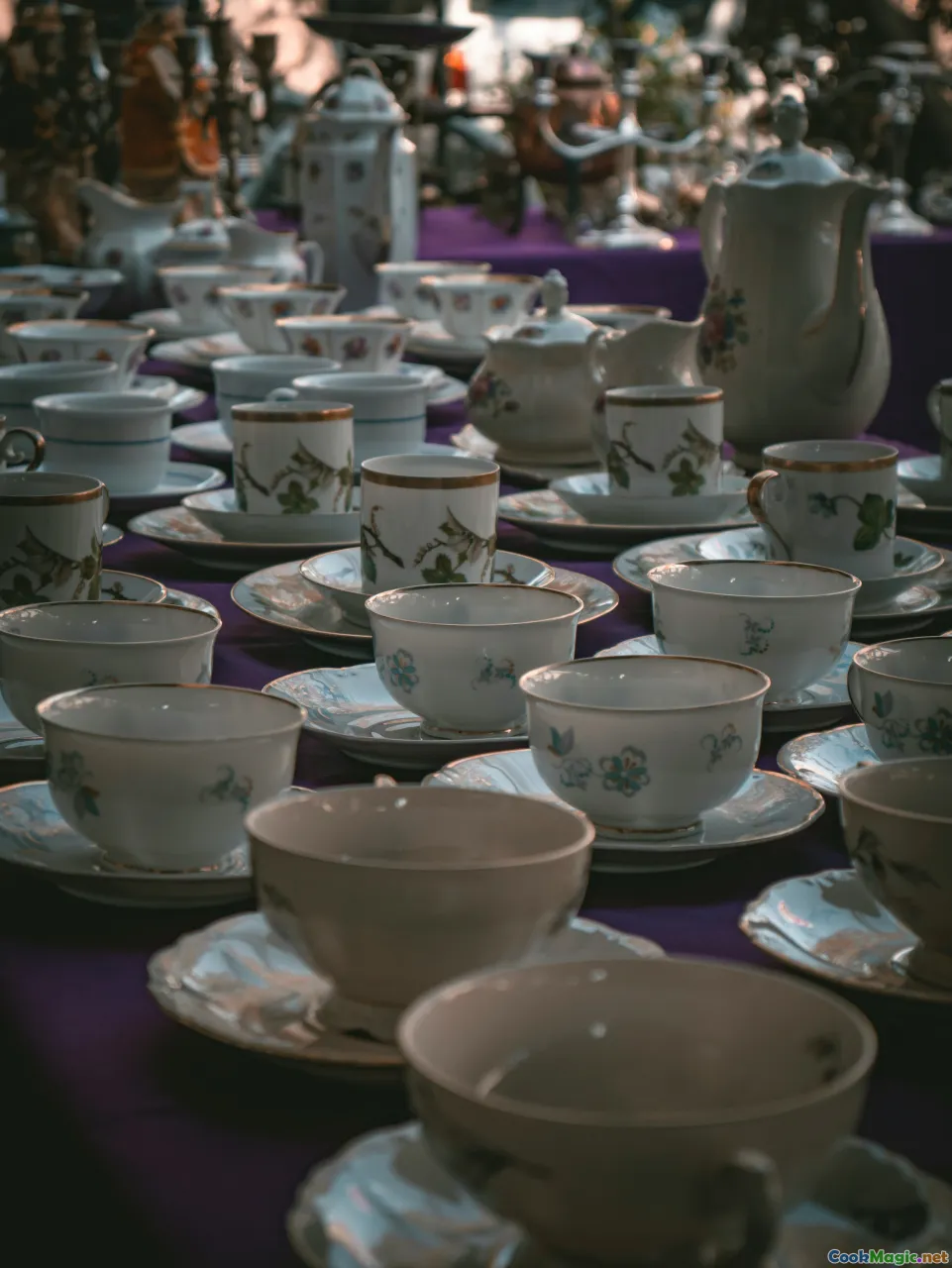
Beyond its culinary charms, British afternoon tea functions as a cultural touchstone—marking celebrations, fostering friendships, and nurturing moments of solitude. In many homes, a special tea set is passed down through generations, layered with stories and memories.
Today, many enthusiasts personalize their teatime: introducing local jams, matching teas to seasons (such as a spicy chai for winter), or experimenting with new ingredients. The ritual itself becomes a canvas for creating personal and familial traditions.
Tips to Perfect Your Afternoon Tea at Home
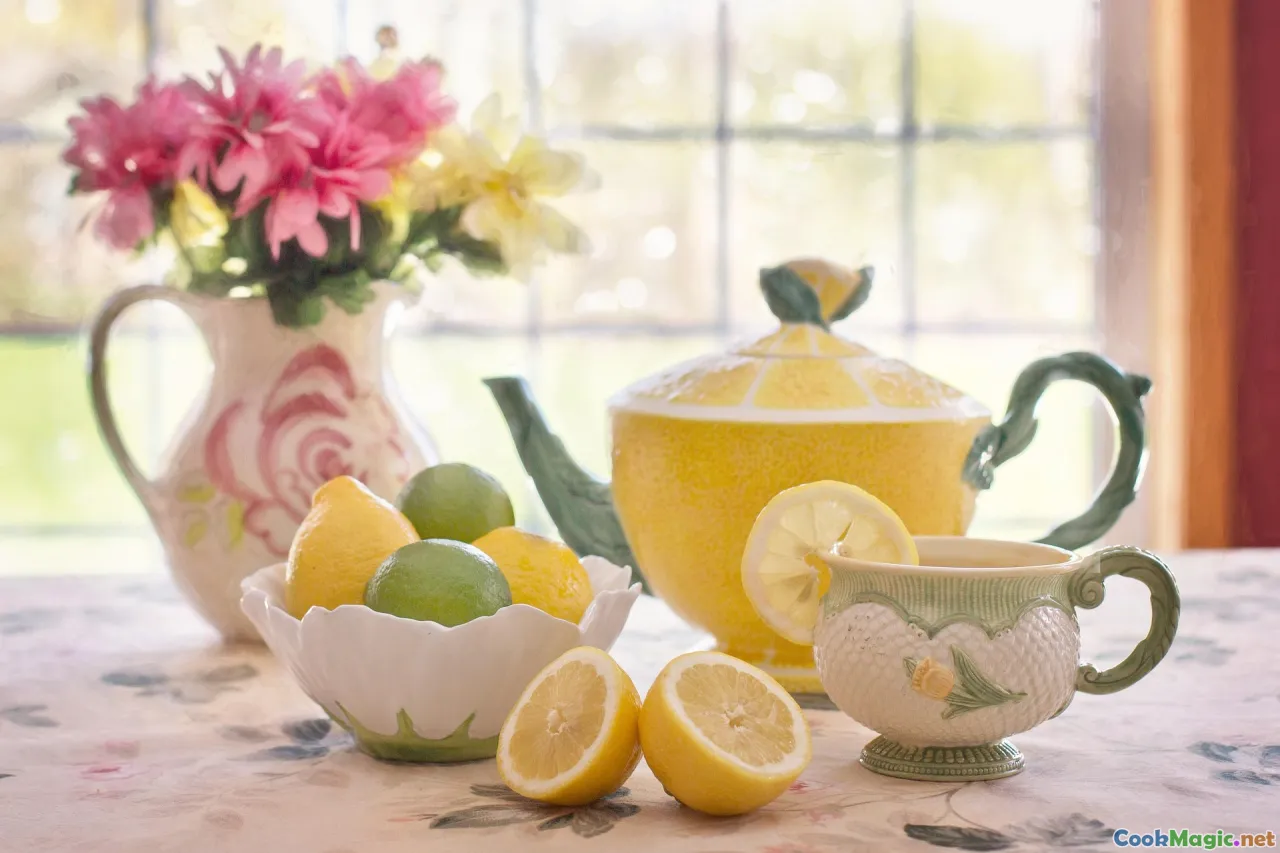
While renowned hotels offer exquisite experiences, you can craft your own memorable afternoon tea in your home.
- Start with quality ingredients: Fresh bread, ripe berries, high-quality loose-leaf teas.
- Invest in good teaware: Antique cups or a modern set, a teapot that retains heat well.
- Balanced menu: A couple of savory sandwiches, freshly baked scones, and a selection of small sweets.
- Attention to detail: Cut sandwiches evenly, serve scones warm, and garnish desserts appealingly.
- Create ambiance: Soft background music, fresh flowers, and a well-set table elevate the experience.
Afternoon Tea: A Living Tradition, Continually Reimagined
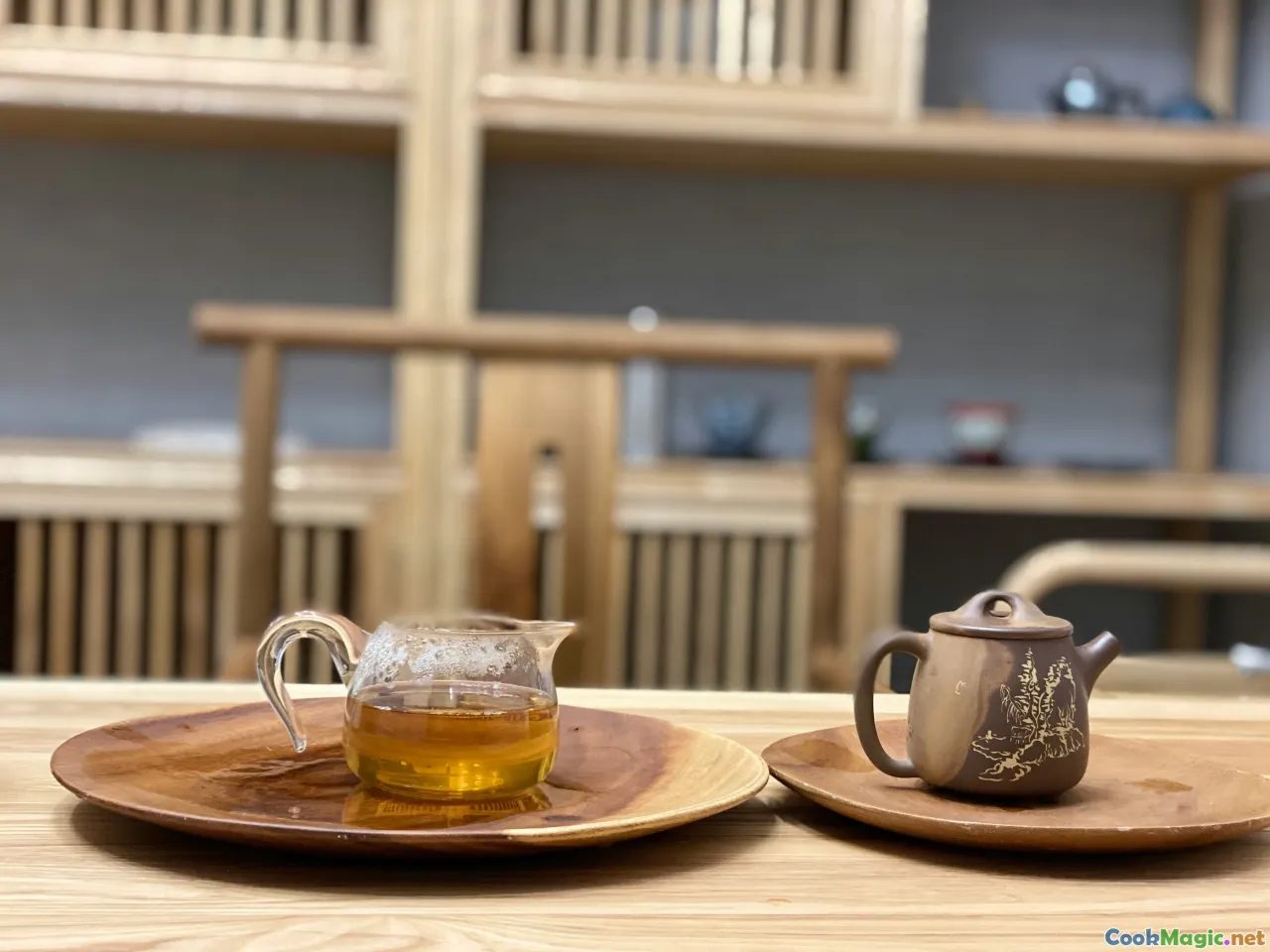
As Britain continues to embrace its culinary heritage, afternoon tea remains a vibrant canvas for innovation. Each generation adds its own strokes—be it elevating plant-based options, infusing tea with innovative flavors, or blending tradition with contemporary design. The love for teatime endures because it’s more than a meal; it’s an immersion into a cultural ethos—a moment to slow down, indulge, and connect.
In essence, exploring the evolution of British afternoon tea reveals a story of refinement, community, and continuous reinvention. From Victorian drawing rooms to trendy popup venues, every cup poured and every scone shared echoes centuries of history and personal stories. It’s a testament to Britain’s enduring culinary artistry—a ritual as timeless as the cherished afternoon light that filters through vintage windowpanes.
In your own kitchen or favorite tea spot, honoring this tradition is a delightful way to partake in a centuries-old dance of taste, aroma, and sentiment. Pour yourself a cup, slice that scone, and savor a piece of British history.









